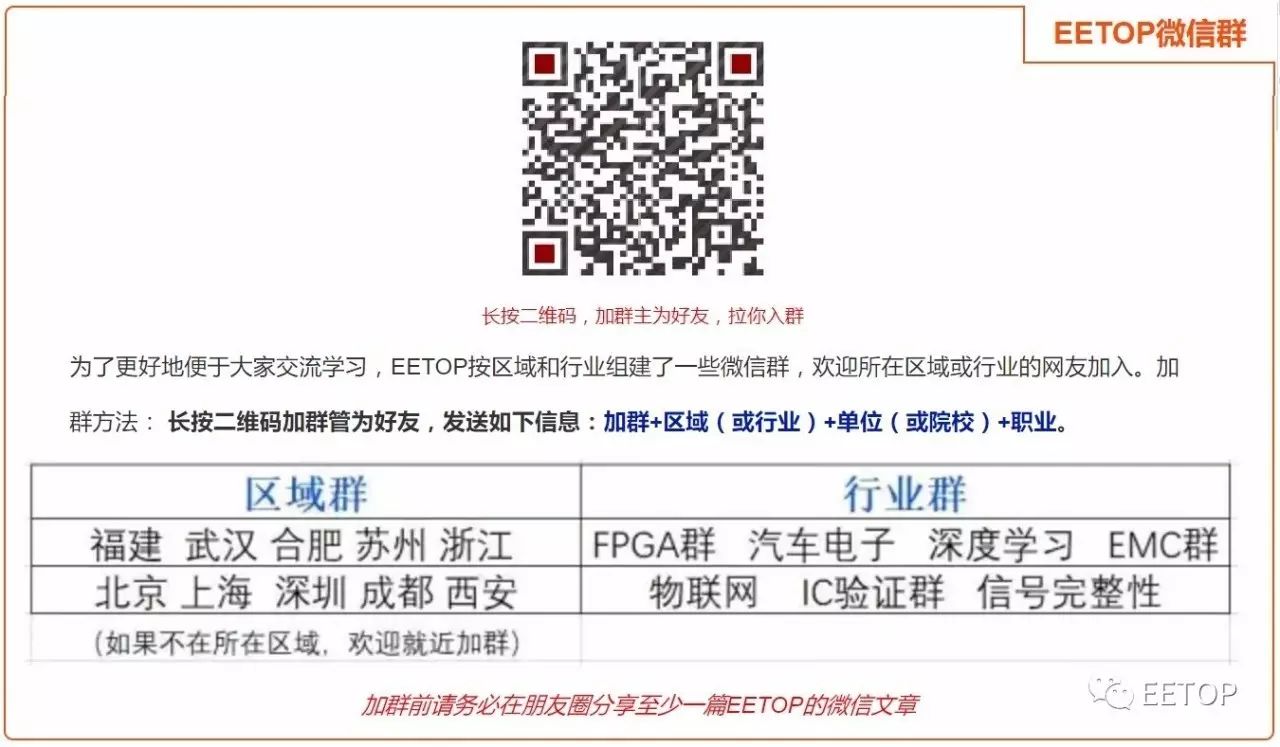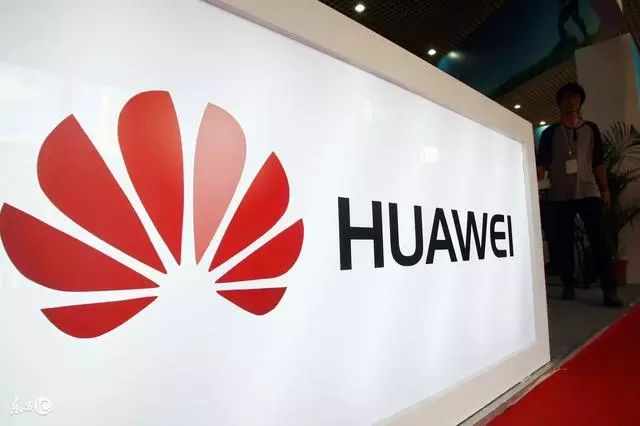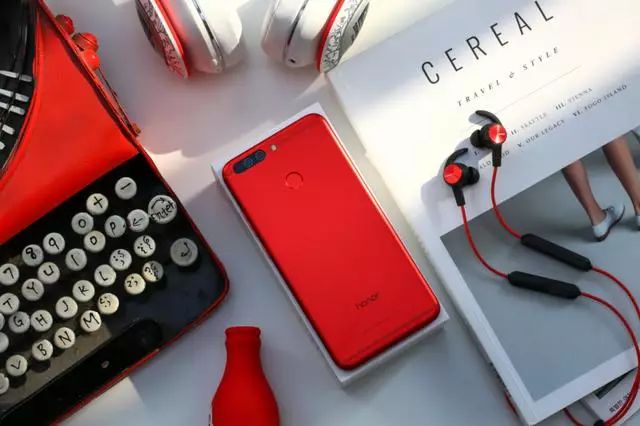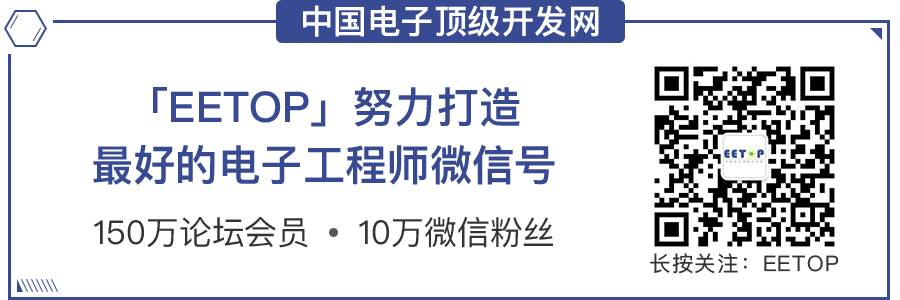
Source: Toutiao / Honor
The Kirin 970 is about to be released, and before its launch, the general architecture parameters of the 970 are already quite well known. So, at the time of the 970 release, let’s review the development history of the Kirin chip series.
In terms of value balance, even if we succeed, if the chip is temporarily unusable, we still need to continue making it. Once the company has a strategic gap, it is not a loss of hundreds of billions of dollars, but thousands of billions of dollars. Our company has accumulated so much wealth, and this wealth might just be that one point that can trap others and ultimately lead to their demise… This is the company’s strategic banner that cannot be moved.
—— Ren Zhengfei
Last year, on August 20, 2016, the shipment of Huawei and Honor terminal products equipped with Huawei HiSilicon Kirin chips had exceeded 100 million units. In January of the following year, the Kirin 960 was rated as the “Best Android Processor of 2016.” This year, the Kirin 970 is about to be released, which will undoubtedly be a historic generation of mobile chips in HiSilicon Kirin’s history.
Let’s go back to 2004, the place where the dream began, and see how Huawei and HiSilicon created the Kirin series chips from scratch and became a legend, carving out their own space in a monopolized industry.

When the Dream Began
In 2004, Ren foresaw the future and decided that Huawei would create its own mobile chip. Thus, the Integrated Circuit Design Center of Huawei was transformed into HiSilicon Semiconductor Co., Ltd. In hindsight, this was indeed a great decision. The success that Huawei and Honor have achieved today owes half of its credit to HiSilicon.
In 2009, the K3v1 was released, which was the first smartphone chip released since HiSilicon’s establishment. Due to the immaturity of the first product and Huawei’s extreme emphasis on quality, this chip ultimately did not reach the market. However, this chip undoubtedly made a historic step at a crucial point, considering that the iPhone only had reached the 3GS in 2009, and the smartphone market was just beginning to thrive.
In 2012, Huawei released the K3v2 chip. This chip featured a 1.5GHz quad-core Cortex-A9 architecture, integrated with a GC4000 GPU, and was manufactured using a 40nm process. This chip was used in the Huawei P6 and Mate 1, marking the first commercial use of a HiSilicon chip and the first time a self-developed chip was used in its own mobile phones.
The P6 at that time was quite stunning, with an extremely thin body, very low weight, and high cost performance, making it a legendary device of that year.

Two Years of Accumulation and Breakthrough
By early 2014, after years of technological accumulation and two years of commercial honing, HiSilicon chips welcomed a two-year explosive growth.
At that time, the Kirin 910 was released. HiSilicon finally determined the naming convention of Kirin + number, and I believe that the 9xx naming scheme is better than the K series, as it is more straightforward and easier to understand.
The Kirin 910 adopted a 1.6GHz quad-core Cortex-A9 architecture and Mali-450MP4 GPU, using a 28nm HPM process, and for the first time integrated its self-developed Balong 710 baseband and HiSilicon Altek’s ISP.
The Kirin 910 was used not only in the upgraded version of the P6, the P6s, but also in devices like the Huawei Mate 2 and HP Slate 7 VoiceTab Ultra, becoming their powerful heart!
In the same year, the upgraded version 910T was released. The Huawei P7 equipped with this upgraded heart achieved sales of 7 million units.
The Kirin 920, featuring 4×A15 1.7GHz + 4×A7 1.3GHz and Mali-T628MP4 GPU, manufactured using a 28nm HPM process, integrated audio chips, video chips, ISP, and the world’s first LTE Cat.6 Balong 720 baseband. At this time, people were shocked to realize that what was once deemed impossible was finally accomplished by Huawei.

In September of the same year, the upgraded version of the 920, the Kirin 925, was released. The Kirin 925, which integrated a co-processor named “i3,” shone brightly on the Huawei Mate 7 and Honor 6 Plus, helping the Huawei Mate 7 achieve over 7.5 million global sales in the high-end flagship category priced around 3000 yuan.
The last quarter of 2014 saw not only the high-end Kirin 928 but also the mid-range Kirin 620. This fully demonstrated that HiSilicon’s comprehensive strength had reached a very high level, capable of not only delivering high performance but also producing mid-range chips with more balanced power consumption.
It is worth mentioning that the Kirin 620 was not only the first 64-bit chip under HiSilicon but also integrated self-developed Balong baseband, audio and video decoding components. These excellent characteristics made the Honor 4X, equipped with the Kirin 620, the first device in the entire Huawei system (Huawei + Honor) to surpass 10 million in sales. Subsequently, the Honor 4C and Huawei P8 Youth Edition, also equipped with this chip, also broke through the 10 million sales mark.
Time quietly passed to 2015, when Kirin successively released 930/935/950, with heat dissipation, energy consumption ratio, and time difference being the keywords for HiSilicon this year. During the 930/935 era, HiSilicon, with extremely precise choices, avoided the heat generation and immaturity of the A57 architecture, opting for the energy-efficient A53 architecture, earning countless consumer praises.
During the 950 era, HiSilicon fearlessly became the first to adopt the A72 architecture and Mail-T880 chip. Of course, the result was a surge in performance and industry-wide acclaim.
Standing at the Peak
The first half of 2016-2017 was the two years when Huawei and Honor entered a prosperous dynasty. The Kirin 955 helped the Huawei P9 become the first flagship phone from Huawei to surpass 10 million in sales; the Kirin 650, as a mid-range chip, was HiSilicon’s first SoC chip to integrate a global CDMA baseband; the Kirin 960 not only solved the CDMA baseband issue but also greatly improved GPU performance, earning the Honor V9 the title of “performance monster.”

All along, HiSilicon has steadily made every step, from nothing to something, creating a sky that belongs to the Chinese in this originally blank field.
September has arrived, and the Kirin 970 is approaching. We have every reason to look forward to this mobile chip that will open the curtain on artificial intelligence.

Click to read more